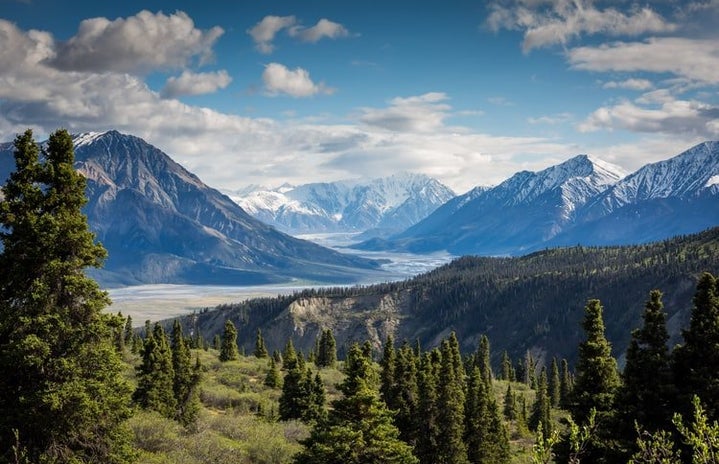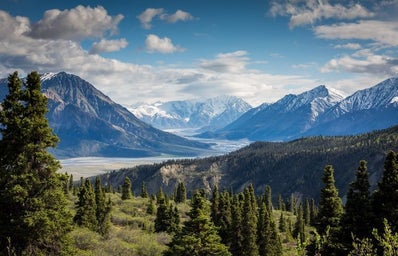
There is intriguing research being conducted upon the importance of grounding or earthing. Grounding is known as a therapeutic technique that is meant to electrically reconnect one to the Earth. It has been proven to increase immunity and cardiovascular health while reducing pain, stress, and depression. It works in a similar way as consuming an antioxidant by helping to remove free roaming electrons in the body that have been linked to causing some forms of cancer. Grounding can be done through simply walking barefoot, lying on the ground, or even submerging yourself in a body of water.
Forest therapy, also known as forest bathing, is growing in popularity too. One clinical psychologist notes that forest therapy is meant to encourage people to embrace the present moment utterly and completely. Once again, the physical benefits of immersing oneself in nature can be seen. Forest therapy has been proven to have a positive impact on blood pressure and adiponectin, a protein that helps regulate blood sugar levels. In addition to the physiological benefits, research is being conducted on the mental benefits of being in nature. Nature immersion relaxes the mind allowing for a greater focus of attention which decreases anxiety, while increasing serotonin, and improves short term memory as found in a study by Gregory Bratman, of Stanford University, which is a great help for that test you have to study for.
A survey run by Mathew White of the European Centre for Environment & Human Health at the University of Exeter, with 20,000 people showed that two hours per week in nature produced both physical and mental benefits. Interestingly, anything less than this amount per week had little impact on overall health indicating that 120 minutes out in nature is the bare minimum to receive all the benefits the Earth has to give.
Now, you may be wondering where in a city, like Salt Lake, you would be able to go to be in nature (for a minimum of two hours per week of course). Luckily, this valley has some of the most easily accessible natural escapes in the country. With Big Cottonwood Canyon and Little Cottonwood Canyon just a few minutes drive away there are a multitude of hikes to trek and streams to wade in. If you’re looking for something a little bit closer, there are many hikes in the foothills of the Wasatch Mountain Range, including the popular Living Room trail. Liberty Park offers a multitude of green spaces as well. Red Butte Garden, which boasts free entry to students, is a lovely space to explore.
Being outside and enjoying the fresh air remains of the utmost importance, especially in this age of digital learning. Immersing yourself in nature for two hours a week has a countless number of benefits including reducing stress and anxiety, increasing a feeling of well being, and increasing cardiovascular health. With that being said, get on out there!



